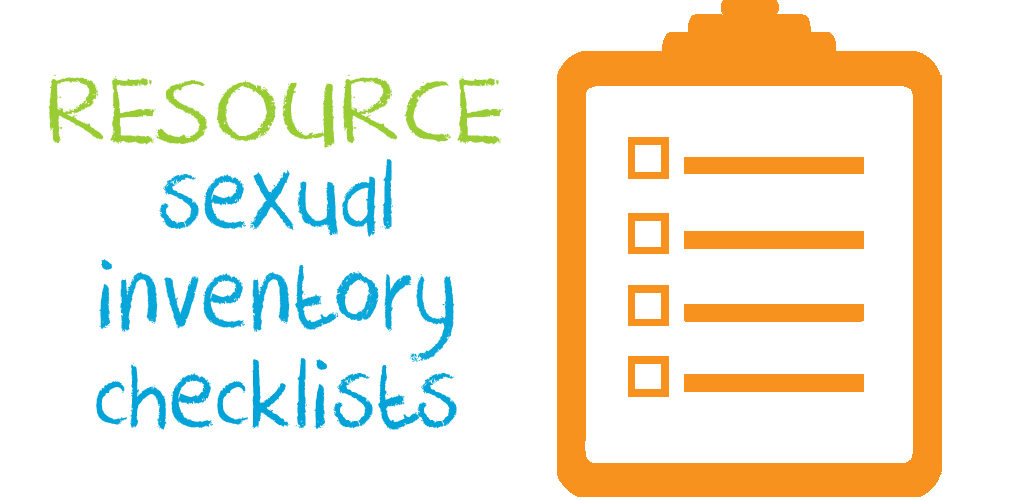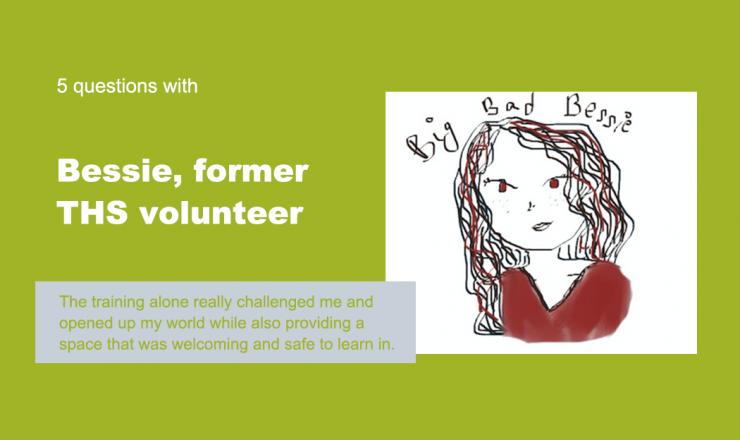

It can be difficult to talk to your partner(s) (or anyone) about sex and relationships, especially if you feel like the conversation is one-sided. What about the pressure of who has to go first? Wouldn’t it be easier if you and your partners could just, like, swap lists to figure out what each other’s boundaries are, what language to use with each other, and how to make sex better for everyone?
Well you can!
Below are samples/examples/templates of lists you and your partners can fill out and trade to help share and communicate what you need and want sexually. Also, feel free to use the below info to come up with your own lists to make and share with your partners.
Each category has example questions to help start a conversation with your partners about how you feel and what you want or don’t want. You can read through our list with your partners or by yourself and then create your own questions. After you’ve created your own list, you can go through it together or separately and check-off or share how you feel about certain list items (i.e. Yes/No/Maybe or Indifferent). You don’t have to create a physical list if you don’t want to – going through the lists out loud can be a good way to start a discussion without the hassle of actually writing everything down.
Remember, everyone’s different. Feel free to use these examples below to guide your thinking, but remember that creating specific questions for yourself and your partners can be really useful.
*Even if you do write these lists down, that doesn’t make them a contract or binding in any way. Keep in mind that people’s comfort levels change, and that consent and checking in are always necessary! These lists are just meant as a tool to guide conversation.
There are a lot of words that make us more or less comfortable, especially around gender, gender roles, orientation and identity. How are you comfortable referring to your partners? How are your partners comfortable with you referring to them? How do you want to be referred to? Think about how you feel about different terms, or what language in general that you are comfortable with.
Here are some examples of boundaries you might have around Words and Terms:
Gendered words/pronouns to use (man, woman, boy, or they, she, he etc.)
Names for body parts to use (dick, clit, chest, etc.)
Sexual orientation/identity terms to use (bi, straight, gay, pan, ace, etc.)
Relationship terms to use (partner, boyfriend, girlfriend, significant other, etc)
Words I’m not okay with to refer to me:__________
Triggering language: __________
Other (pet names you like/dislike, terms to use around different people like family or friends, etc.)
There may be places where you feel more/less comfortable touching your partners or states (like being naked) that you may be more/less comfortable seeing your partners in (and vice versa). There may also be things you feel more/less comfortable doing in public or in private. Think about where and when you feel more/less comfortable having contact with your partners.
Here are some examples of body boundaries you might have:
Am I okay with…
Areas/places that I don’t want to touch my partner(s): _____
Areas/places I don’t want my partner(s) to touch me: ______
What, where, and when. Think about when you might be comfortable only giving or only receiving a certain sexual act- and if there are sexual acts you might want to engage in more or less often. It may also be useful to define what you think of as sex (for example, some people consider oral sex to be sex and some do not).
Here are some examples of sex acts and scenarios:
Am I okay with…
It can be confusing to communicate to your partners what you want from a relationship. Think about things like exclusivity and who you want to tell about the relationship.
Here are some examples of relationship model/type boundaries.
Am I okay with…
Making sex safer can involve using barriers (like condoms) and getting tested. Using birth control if you need it and having safer sex can make sex more fun for you and your partners.
Here are some examples of boundaries around safer sex and birth control measures.
Am I okay with…
If you have questions about this topic, feel free to contact one of our peer educators. [Link]
Last Updated: August 2021

PRUDEmag is a hot new Toronto-based zine for spinsters, rule-makers, asexuals, relationship anarchists, & all others resisting a sex-necessary culture. We caught up with some of the people behind the zine for our the latest in our 5 Questions series!

Last month we got in touch with Sherri (Vice President, Director of Family Planning) from Apothecus Pharmaceutical Corp, and they were kind enough to answer some of our questions about VCF! Read on!

Did you know that Teen Health Source has been around for 25 years! To help celebrate our 25th Anniversary, we’re checking in with some of our previous volunteers. Today we’re hearing from Bessie!